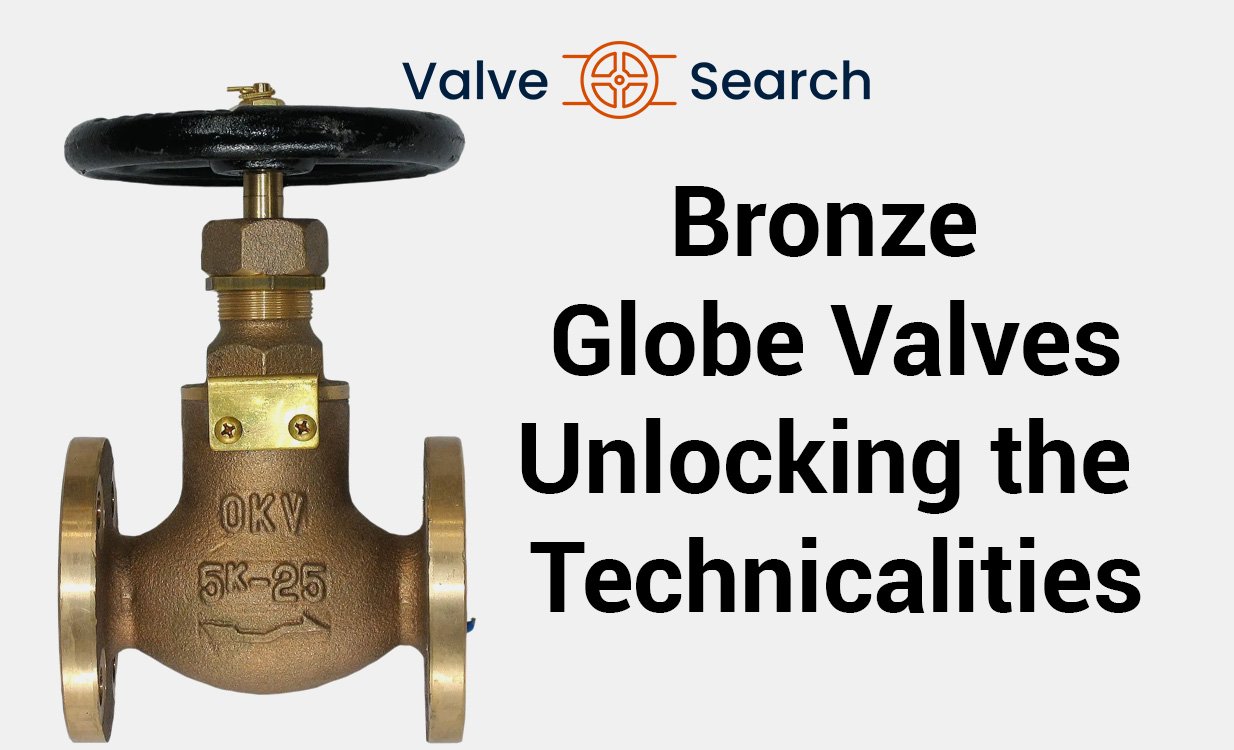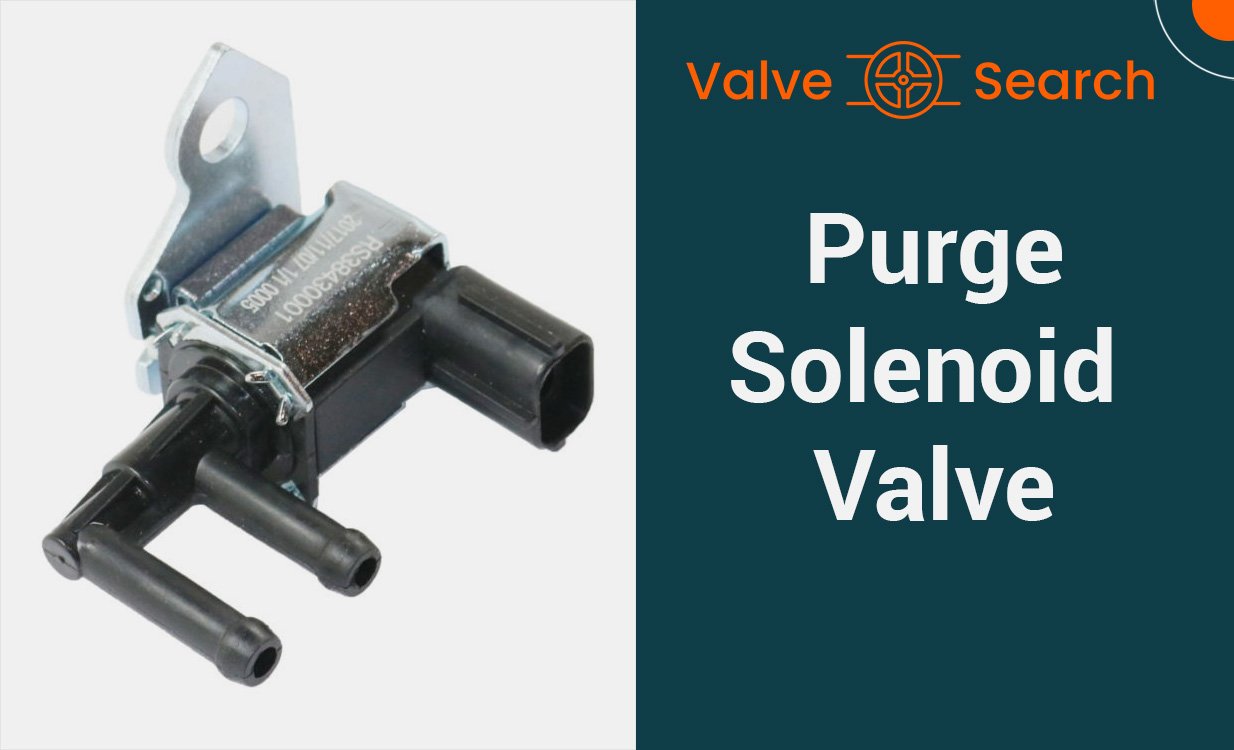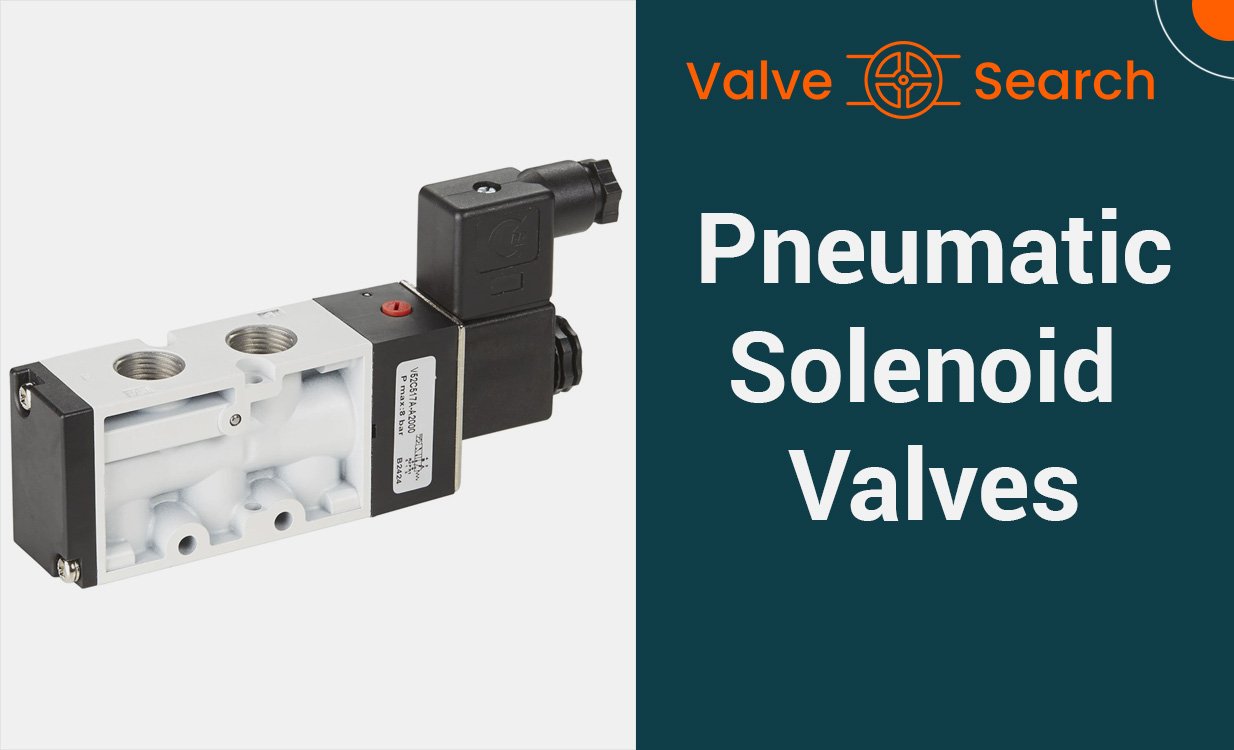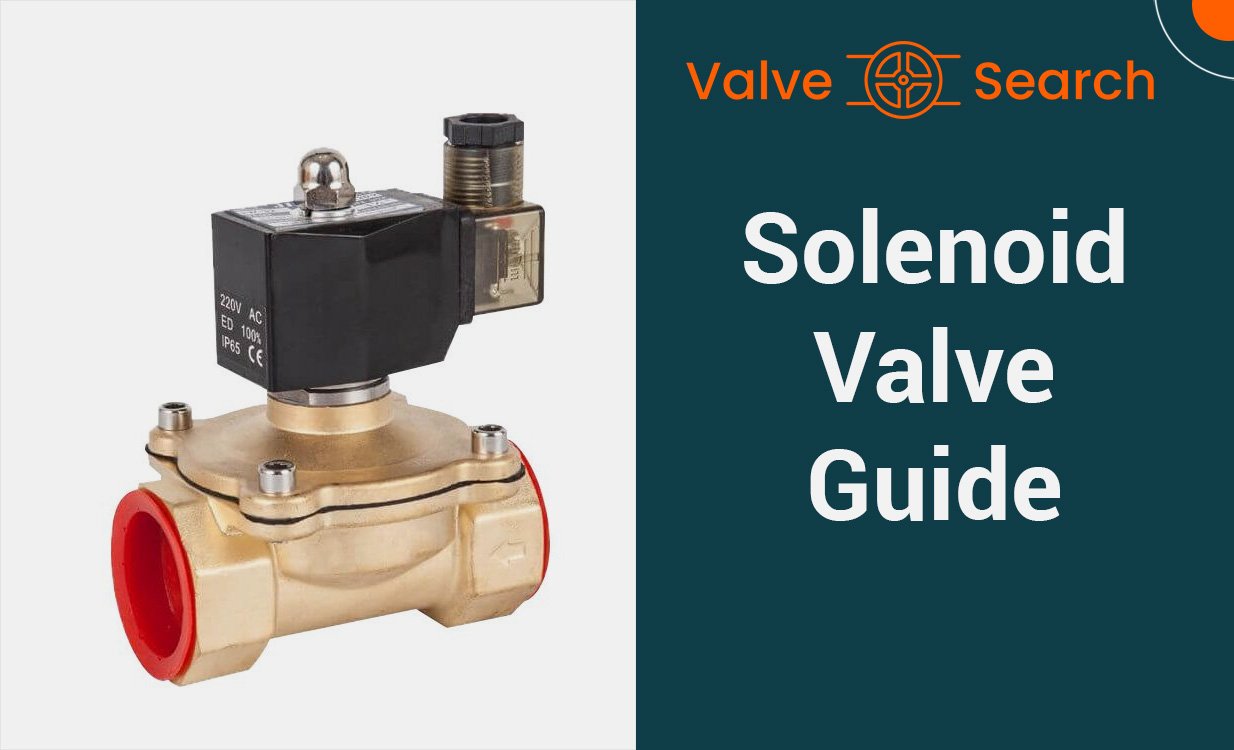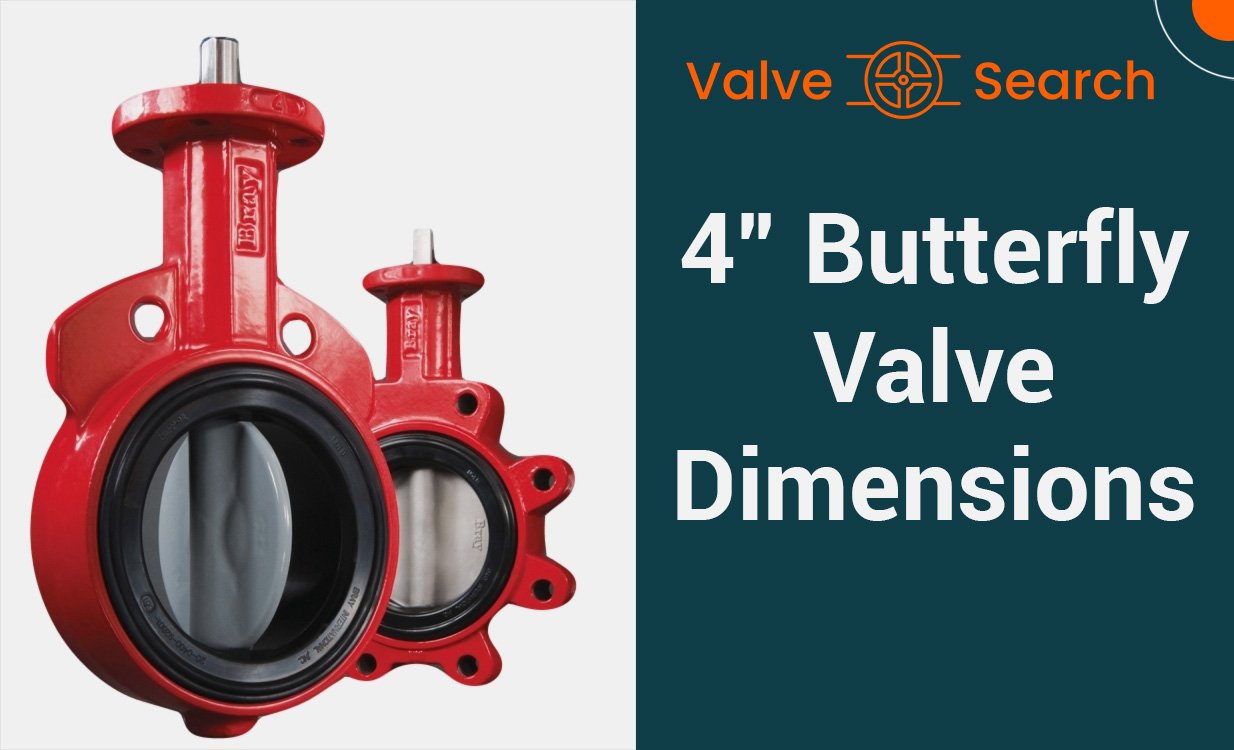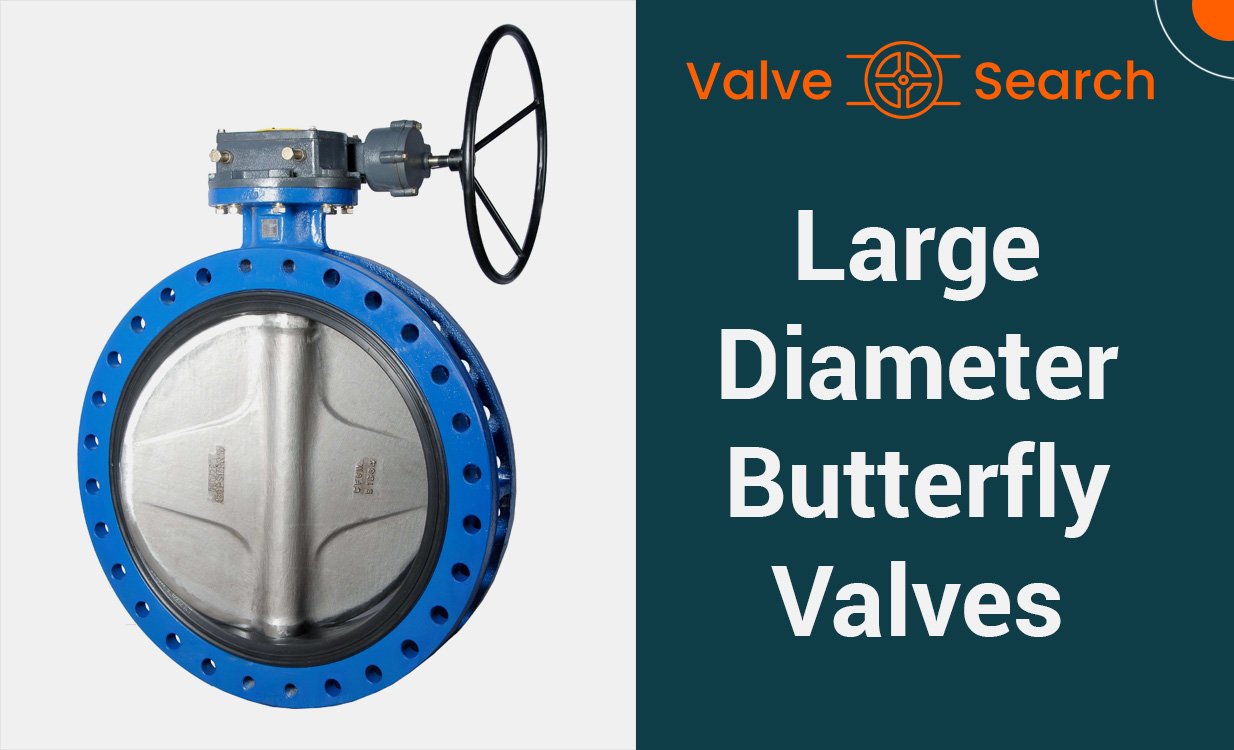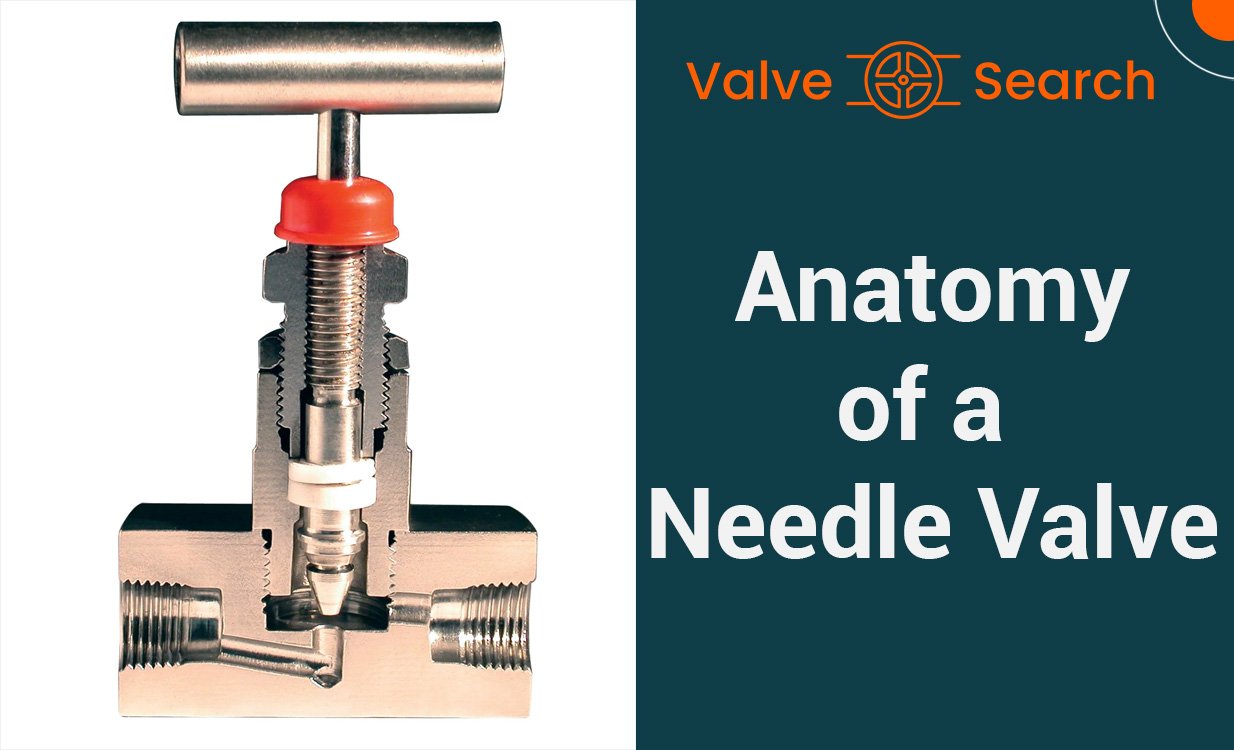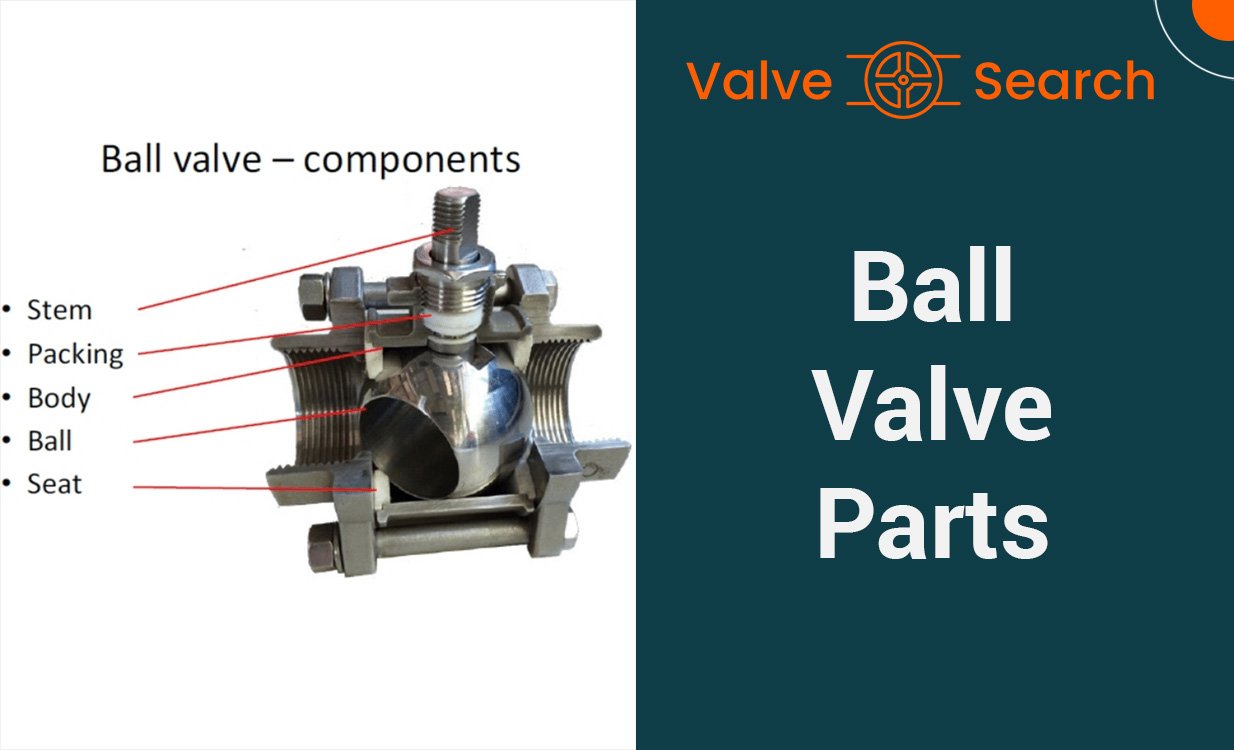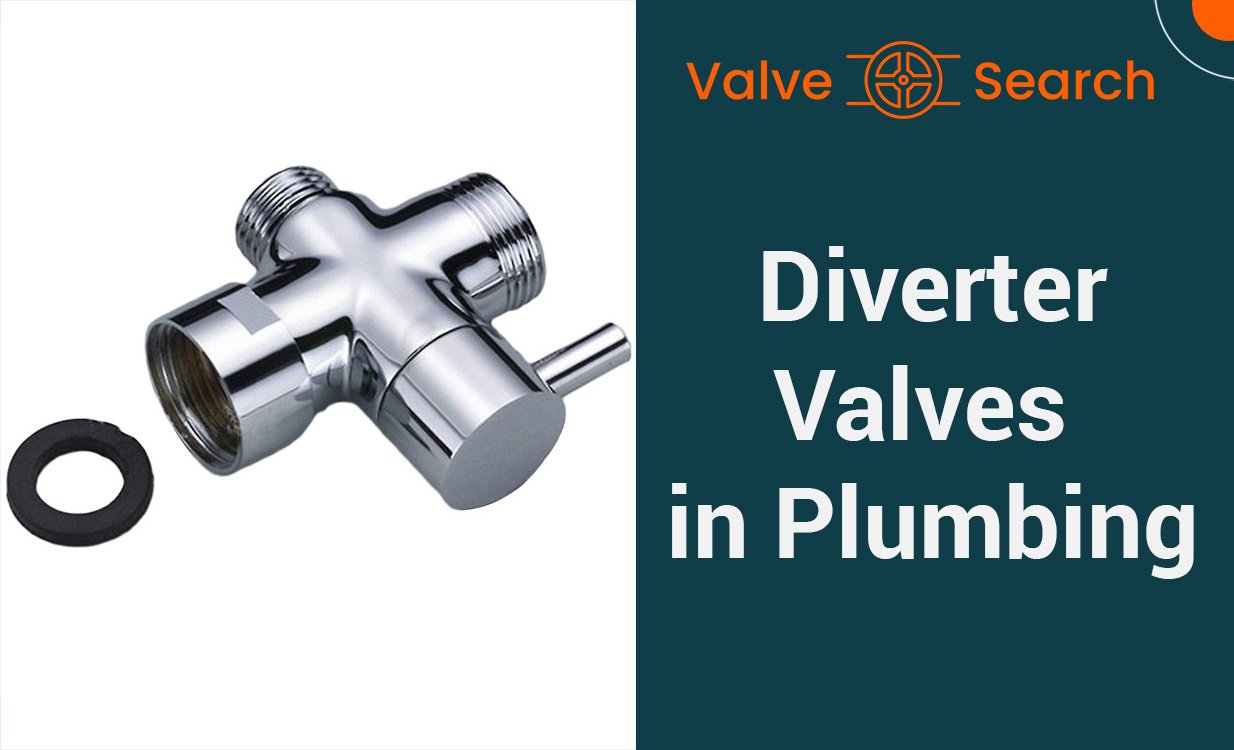Butterfly Valve Applications: Understanding through Examples and Case Studies
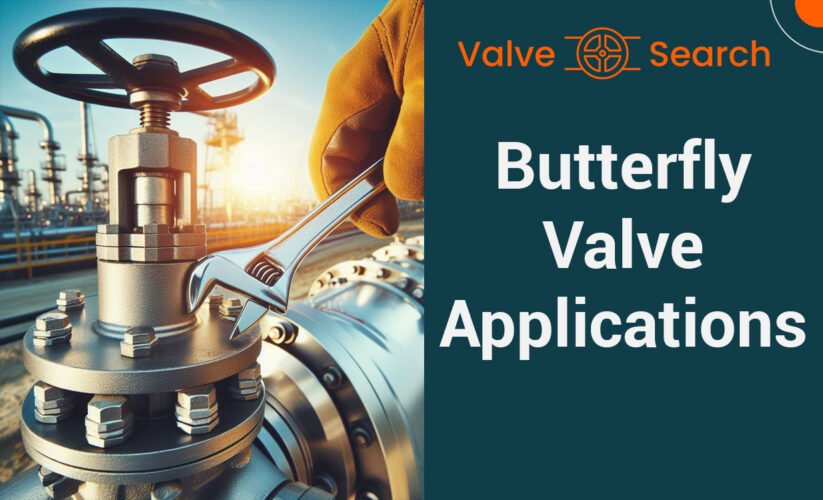
Introduction to Butterfly Valve Applications
Valves are vital components in virtually all industrial processes. Among the various types, butterfly valves are often selected due to their efficiency and versatility. This article explores butterfly valve applications in multiple industries, explaining through examples and case studies.
Understanding Butterfly Valves and Their Types
A butterfly valve, a crucial player in the world of flow control, operates by manipulating a disc connected to a rotating stem. As the stem moves, the disc turns accordingly, either obstructing or facilitating the flow of a liquid or gas through a conduit. The diversity in butterfly valve applications is mirrored in the variety of butterfly valve types available.
1. Resilient Seated Butterfly Valves
- Description: Resilient seated butterfly valves are commonly used in applications with lower pressure and temperature requirements.
- Construction: These valves feature a soft seat, which reduces friction and ensures a tight seal.
2. High-Performance Butterfly Valves
- Description: High-performance butterfly valves are built to withstand more rigorous conditions.
- Construction: They come with either a resilient or metal seat.
3. Triple Offset Butterfly Valves
- Description: The pinnacle of sophistication, triple offset butterfly valves are designed for critical applications.
- Construction: Their unique design eliminates friction between the disc and the seat, resulting in a perfect seal with zero leakage.
Remember, selecting the right butterfly valve type based on the specific application is essential for optimal performance and safety. You have to analyze the situation and determine the right butterfly valve application. Whether it’s a resilient seated valve, a high-performance valve, or a triple offset valve, each serves a unique purpose in the intricate dance of fluid control.

Butterfly Valve Applications in the Oil and Gas Industry
Butterfly valves hold a crucial role in maintaining safety and streamlining processes in the oil and gas industry. An illustrative case study involves a prominent oil corporation based in the Middle East. The company had been grappling with persistent pipeline leaks, causing substantial operational setbacks and losses. The culprit, as identified upon thorough inspection, was the inefficiency of the ball valves deployed within the system.
Determined to rectify the problem, the oil company made a strategic decision to substitute the ball valves with triple offset butterfly valves. This type of butterfly valve, renowned for its sophisticated design and zero leakage attribute, seemed to be the perfect solution for their leakage problem. Any seepage in such critical applications could lead to serious repercussions, making triple offset butterfly valves a vital asset in such situations.
Remarkable Improvement
Post replacement, the oil company witnessed a remarkable improvement. The implementation of the triple offset butterfly valves led to a significant decrease in leaks and a noticeable boost in operational efficiency. This case study underscores the importance of selecting the right butterfly valve type for the appropriate application, taking into consideration the unique conditions and requirements of the operation.
Butterfly Valve Applications in Water Treatment Plants
The application of butterfly valves is quite prevalent in the realm of water treatment plants. The versatility and reliability of these valves prove crucial in the different stages of the treatment process. For instance, during the sedimentation phase, these valves effectively control the flow rate of water, ensuring optimal settling of particles.
During filtration, where water is passed through a medium to remove remaining particles, butterfly valves play a pivotal role. They regulate the flow of water through the filters, adjusting according to the load and maintaining the overall efficiency of the process. Similarly, in the disinfection phase, the valves assist in managing the flow of disinfectant chemicals into the water.
Butterfly valves in these settings often need to handle corrosive and potentially hazardous materials, and as such, their durability and corrosion resistance becomes a vital factor. Typically, a resilient seated butterfly valve, known for its tight seal and friction reduction, proves to be a strong fit for such conditions.
In essence, water treatment plants heavily rely on butterfly valves to regulate and control the flow of water and chemicals. The adaptability of these valves to the unique conditions of each stage of treatment ensures the plant’s functionality, making them an invaluable asset in these environments.
Butterfly Valve Applications in Power Generation Industry
Within the power generation sector, butterfly valves applications have a prominent role, particularly in cooling systems and turbines. This is aptly demonstrated in a case study concerning a power plant based in the United States. The plant was struggling with its cooling system; the valves installed could not handle the high-pressure environment, which led to performance inefficiencies.
After an analysis of the situation, the decision was made to swap out the current valves with high-performance butterfly valves. The choice of this valve type was influenced by its design, renowned for resilience under strenuous conditions. High-performance butterfly valves have been built to endure higher temperatures and pressures, making them suitable for this application.
Solution: High-Performance Butterfly Valves
Upon replacing the existing valves with high-performance butterfly valves, the power plant witnessed substantial improvements. Notably, the cooling system’s performance enhanced remarkably, ensuring efficient power generation. The high-performance butterfly valves demonstrated their durability and resilience under high-pressure conditions, effectively regulating the coolant’s flow.
Moreover, the power plant also experienced significant energy savings following the implementation of the high-performance butterfly valves. This can be attributed to the valves’ ability to ensure optimal flow control, which subsequently maximized the system’s efficiency and reduced energy consumption.
This case study serves as a clear example of how choosing the right butterfly valve type, based on the unique requirements and conditions of a system, can lead to improved performance and energy savings. It highlights the importance of making informed decisions when selecting butterfly valve application, taking into consideration the operational environment and the specific demands of the system. In this case, the selection of high-performance butterfly valves provided the necessary solution to the power plant’s high-pressure cooling system, underscoring the effectiveness of these valves in such applications.
Butterfly Valve Applications in HVAC Systems
Butterfly valves play a fundamental role in the effective functioning of Heating, Ventilation, and Air Conditioning (HVAC) systems. These systems are integral to maintaining a comfortable and controlled indoor climate, particularly in commercial buildings. Butterfly valves are primarily employed to manage the flow of the coolant, which is a critical task in these HVAC systems.
Flow Regulation
The function of the butterfly valve in an HVAC system revolves around its ability to regulate the flow of the coolant fluid. The valve either restricts or allows the flow depending on the desired temperature settings. For instance, when a cooler environment is desired, the butterfly valve opens to allow more coolant to flow. Conversely, when the need for cooling decreases, the butterfly valve reduces the coolant’s flow by partially closing.
This ability of butterfly valves to manage fluid flow is due to their design. The disk in the butterfly valve is connected to a rotating stem, and the movement of the stem determines the disc’s position. The disc’s position, in turn, either obstructs or facilitates the flow of the coolant, providing precise control over the temperature within the building.
Temperature Regulation
In addition to temperature regulation, butterfly valves in HVAC systems also contribute to energy efficiency. By ensuring the accurate flow of coolant, these valves prevent the wastage of energy. Therefore, they aid in maintaining an energy-efficient environment, which can lead to cost savings in the long run.
However, it’s important to note that the performance and durability of the butterfly valve in HVAC systems hinge on the choice of the valve. The conditions within an HVAC system, such as pressure and temperature variations, must be considered when selecting a butterfly valve type. For instance, high-performance butterfly valves, known for their resilience, might be a suitable choice for HVAC systems in large commercial buildings.
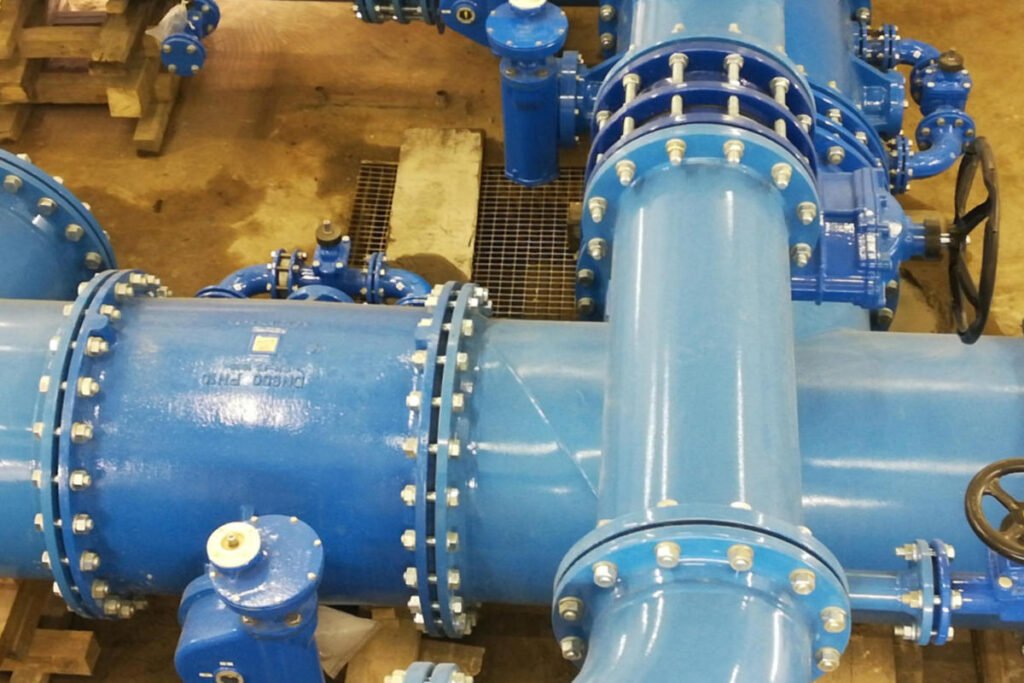
Butterfly Valve Applications in the Food and Beverage Industry
In the realm of food and beverage production, butterfly valves emerge as an invaluable asset. Their role is predominant in the different stages of processing, where precise control over the flow of liquids is required. The production of food and beverages often involves the handling of various types of liquids – from raw ingredients like milk or juice to processed products like sauces or beverages. In these settings, butterfly valves applications are employed to regulate and manage the flow of these liquids, thus maintaining the consistency and quality of the end products.
Beyond controlling the flow, butterfly valves in this industry contribute to ensuring the safety and hygiene of the food and beverage products. Their sanitary design, which includes features like a smooth, polished interior and easy-to-clean components, prevent the accumulation of food particles or bacteria. This ensures that the food and beverage products remain free from contamination, upholding the safety standards necessary in this industry.
Different Types of Butterfly Valve Applications
Different types of butterfly valve applications may be employed in the food and beverage industry, depending on the specific needs and conditions of the processing system. For example, high-performance butterfly valves might be preferred in situations where the processing system operates under high pressure or temperature conditions. On the other hand, resilient seated butterfly valves, known for their tight seal and reduced friction, could be a suitable choice for systems that require effective control over the flow of liquids without the need to withstand high-pressure environments.
Regardless of the type, the application of butterfly valves in the food and beverage industry is a testament to their versatility and efficiency. Their ability to adapt to different conditions and provide reliable control over the flow of liquids makes them an essential part of food and beverage production processes.
Matching the Right Butterfly Valve to the Application
Effectively matching a butterfly valve to its application can considerably enhance operational effectiveness and safety. This requires an understanding of the unique characteristics and strengths of each type of butterfly valve, and how these align with the specific needs of a system. For instance, in scenarios that demand a tight seal and resistance to lower pressure environments, such as wastewater treatment plants, resilient seated butterfly valves prove to be an optimal fit.
Alternatively, in situations where the system has to endure more rigorous conditions, as seen in the oil and gas industry, high-performance butterfly valve applications emerge as the preferred choice. Their strength and resilience under high pressure and temperature make them ideally suited for such demanding applications. On a similar note, triple offset butterfly valves, celebrated for their zero-leakage attribute, cater best to critical applications where the smallest amount of seepage could lead to significant repercussions.
By analyzing and understanding the nuances of these butterfly valve types, one can identify the most suitable valve for a given application. This helps to ensure a streamlined process, optimizing efficiency and bolstering safety across a myriad of industries.
Conclusion for Butterfly Valve Applications
Butterfly valve applications play an integral role in a multitude of industries, ranging from the oil and gas sector to water treatment plants, power generation, HVAC systems, and even the food and beverage industry. As we have explored in this blog, the key to leveraging these butterfly valve applications effectively lies in understanding the nuances of the different butterfly valve types.
The resilient seated, high-performance, and triple offset butterfly valves each have their distinct characteristics and strengths, making them suitable for specific industrial applications. A resilient seated butterfly valve excels in lower pressure and temperature conditions, whereas a high-performance butterfly valve demonstrates strength in more demanding scenarios.
A triple offset butterfly valve, celebrated for its zero-leakage attribute, finds its application in critical industrial processes where even the slightest leakage could lead to serious implications. It’s crucial to match the right butterfly valve to its appropriate application, optimizing efficiency, and enhancing safety in the process.
The examples and case studies in this blog serve as a testament to the importance of this matching process. By recognizing and respecting the diversity in butterfly valve applications and types, industries can better manage flow control, achieving operational excellence while ensuring safety.

